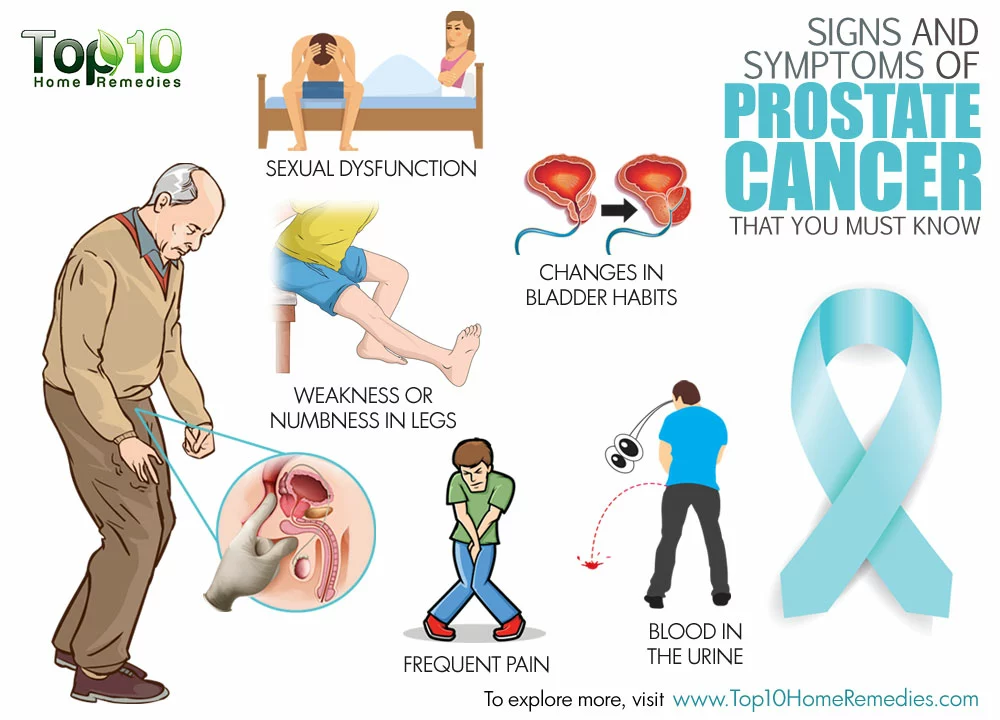How to Safely Discontinue a Medication
Stopping a medicine can feel freeing — or scary. Do it the right way and you lower the chance of withdrawal, rebound symptoms, or other complications. This short guide gives clear, practical steps you can use with your doctor to plan a safe stop.
Simple steps to follow
First, don’t stop suddenly unless a clinician tells you to. Many drugs need a gradual taper. Talk to the prescriber who knows your history and current doses. Ask for a written taper plan that includes timing, dose changes, and what to do if symptoms appear.
Keep a daily symptom diary for two weeks before you start tapering and while you cut doses. Note mood, sleep, pain levels, blood pressure or heart rate if relevant, and any new symptoms. That record helps your clinician decide whether to slow down or pause the taper.
Use small, steady reductions. Exact schedules vary by drug class and how long you’ve been taking the medicine. A common approach is small percentage drops every 1–4 weeks rather than large jumps. For example, clinicians often cut doses slowly when stopping antidepressants, benzodiazepines, opioids, or steroids because sudden stops can cause strong reactions.
Watch for common withdrawal signs and red flags
Different drugs cause different symptoms. Here are typical examples to watch for: benzodiazepines — increased anxiety, insomnia, tremor; antidepressants — flu-like symptoms, dizziness, "brain zaps", mood swings; opioids — sweating, muscle aches, nausea, craving; steroids — fatigue, body aches, low blood pressure; beta-blockers — fast heart rate or high blood pressure if stopped abruptly. If you get severe symptoms like chest pain, seizures, severe confusion, fainting, or suicidal thoughts, seek emergency care right away.
If mild-to-moderate symptoms show up, call your prescriber. Often the solution is simple: slow the taper, hold at the current dose, or temporarily increase the dose for a short period. Never double doses or self-medicate without advice.
Practical tips: keep routines (sleep, meals, hydration), engage supports (family, therapist), and use non-drug tools like breathing, gentle exercise, and CBT techniques for anxiety or insomnia. Ask your pharmacist to check drug interactions and help with dose splitting if needed. If switching to an alternative medicine, get clear instructions on overlap or washout periods.
Want specific help? We have detailed guides on stopping or switching certain drugs — for example, articles about baclofen, metoprolol alternatives, and tapering strategies for mental health meds. Use those guides together with your healthcare team to make a plan that fits your needs.
Stopping a medication safely takes planning, patience, and a good support team. Keep records, listen to your body, and stay in touch with your prescriber — that’s the best way to get through a taper without surprises.

